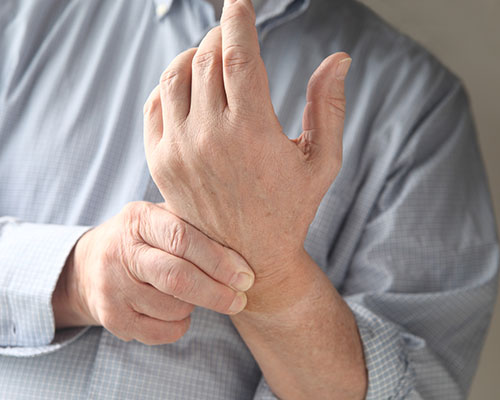Carpal Tunnel Syndrome
FEEL BETTER. MOVE BETTER. LIVE BETTER.
True carpal tunnel syndrome occurs when the median nerve, which runs from the arm to the hand, gets compressed or irritated at the wrist. The median nerve generally controls strength and sensation to the thumb and fingers (but not the little finger or the outside of the ring finger). Symptoms may include pain, numbness, tingling and weakness.
Treatment success for carpal tunnel syndrome varies. It is often misdiagnosed and frequently there are other factors contributing to the problem.
What are the symptoms of carpal tunnel syndrome?
Symptoms usually start gradually, with pain, burning, tingling, and numbness. There may be a feeling of ‘heaviness’ or swelling in the fingers although usually no swelling is visible. Weakness may appear and in advanced cases atrophy or shrinking of the muscles of the palm may result. Symptoms are often worse in the morning due to sleeping with the wrists bent or flexed. Pain and numbness may extend up the arm.

1. Assendelft W, Morton S, Yu E, Suttorp M, Shekelle P (2004). “Spinal manipulative therapy for low back pain.”. Cochrane Database Syst Rev: CD000447.
2. Cherkin D, Sherman K, Deyo R, Shekelle P (2003). “A review of the evidence for the effectiveness, safety, and cost of acupuncture, massage therapy, and spinal manipulation for back pain.”. Ann Intern Med 138 (11): 898–906.
